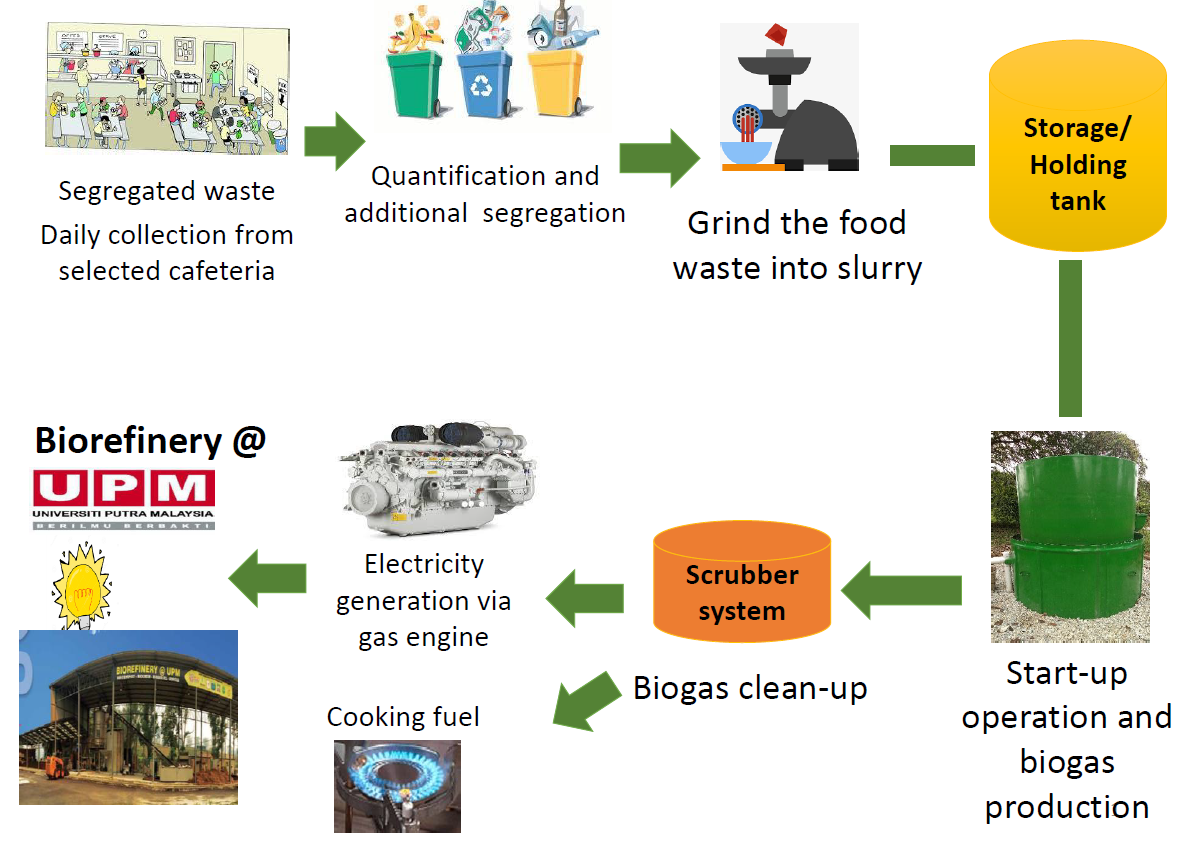Preprint
Article
Green Energy Potential from the Organic Fraction of Municipal Solid Waste in Malaysia
Altmetrics
Downloads
553
Views
732
Comments
0
A peer-reviewed article of this preprint also exists.
This version is not peer-reviewed
Submitted:
14 May 2019
Posted:
15 May 2019
You are already at the latest version
Alerts
Abstract
Global waste generation keeps increasing over the year and requires innovative solutions to minimize their impacts on environmental quality and public health. Predicted 2.2 billion tonnes per year of global municipal waste generation in the year 2025 which 1.6 fold is higher than in 2012. Hence, a strategic plan must be ascertained to overcome the future challenges of MSW locally and globally. Universiti Putra Malaysia (UPM) coined an initiative to demonstrate a showcase pilot plant for green energy production from MSW. Therefore, the data was obtained from the survey and actual sampling within the UPM compound to estimate the MSW generated and it's potentially used for green energy production. It is estimated that 5.0 – 7.0 tonne per day of MSW generated which about 30 - 35% is an organic fraction. Upon separation, the organic fractions were digested into biogas through anaerobic. At the maximum conversion of organic fraction, about 775 kWh of electricity may able to generate from the waste. In this study, the complete biorefinery setup and utilize organic components from the MSW generated in UPM was proposed that the biogas subsequently will be used to produce green energy in the form of electricity or cooking fuel.

Keywords:
Subject: Biology and Life Sciences - Biology and Biotechnology
Copyright: This open access article is published under a Creative Commons CC BY 4.0 license, which permit the free download, distribution, and reuse, provided that the author and preprint are cited in any reuse.
MDPI Initiatives
Important Links
© 2024 MDPI (Basel, Switzerland) unless otherwise stated





